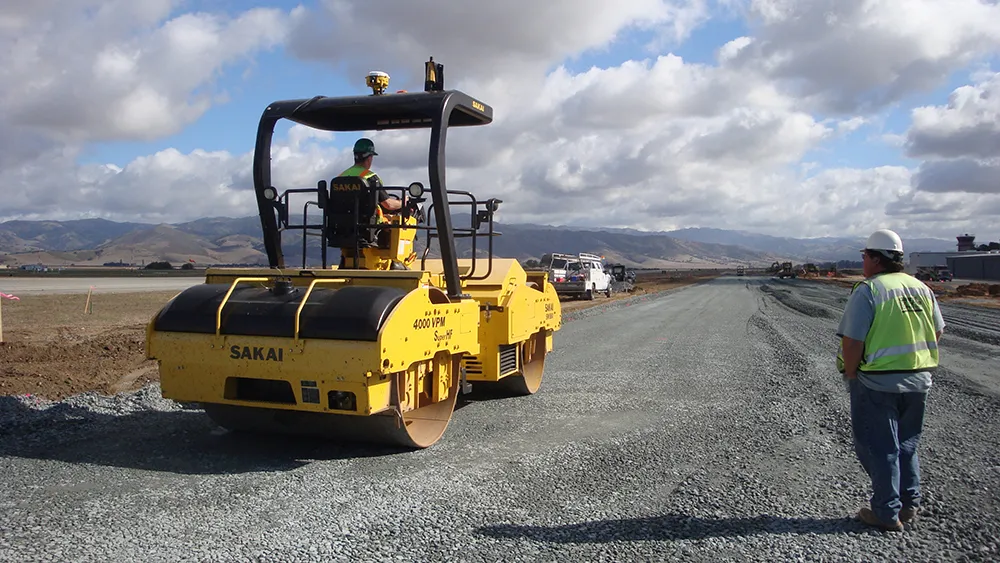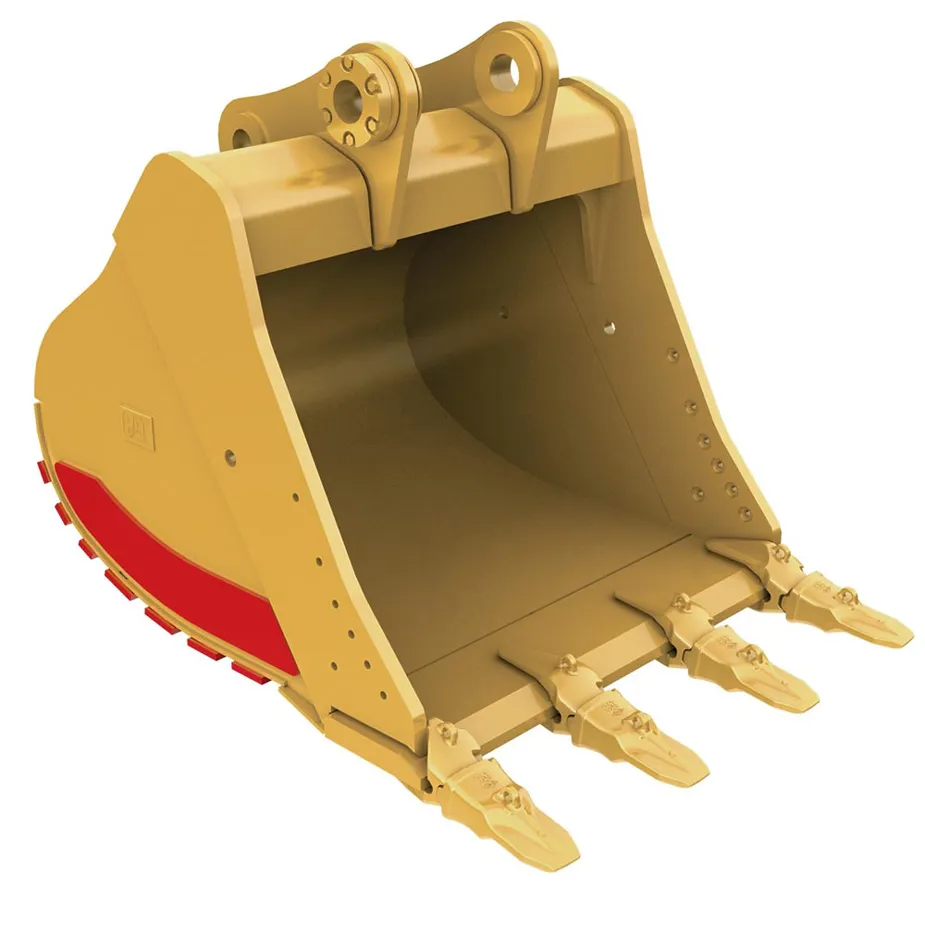TRL has launched a special website that allows people around the globe to rate their street, using a five-star rating system.
The Ratemystreet website is an easy-to-use tool utilising Google maps and Google Streetview, and unlike other wesbites it focuses on a street’s walkability, says TRL.
Ratemystreet (www.ratemystreet.co.uk) is a complementary tool to TRL’s successful PERS (Pedestrian Environment Review System) software, an expert tool co-developed with Transport for London, which combines both qualit
May 14, 2012
Read time: 2 mins
The Ratemystreet website is an easy-to-use tool utilising
Ratemystreet (%$Linker:
“Ratemystreet now allows for the direct sampling of local peoples’ views on the quality of their streets and encourages their participation in the assessment and planning of walkable streets,” says TRL.
Users can rate how walkable a street is using various categories including crossing the street; pavement width; trip hazards; finding your way; safety from crime; safety from traffic; clean and attractive, and disabled peoples’ access.
“They can also add reviews and recommendations about the walkability of each street,” says TRL.
“With no log on details required, Ratemystreet is an ideal public consultation tool allowing users to register their views quickly and easily.”







